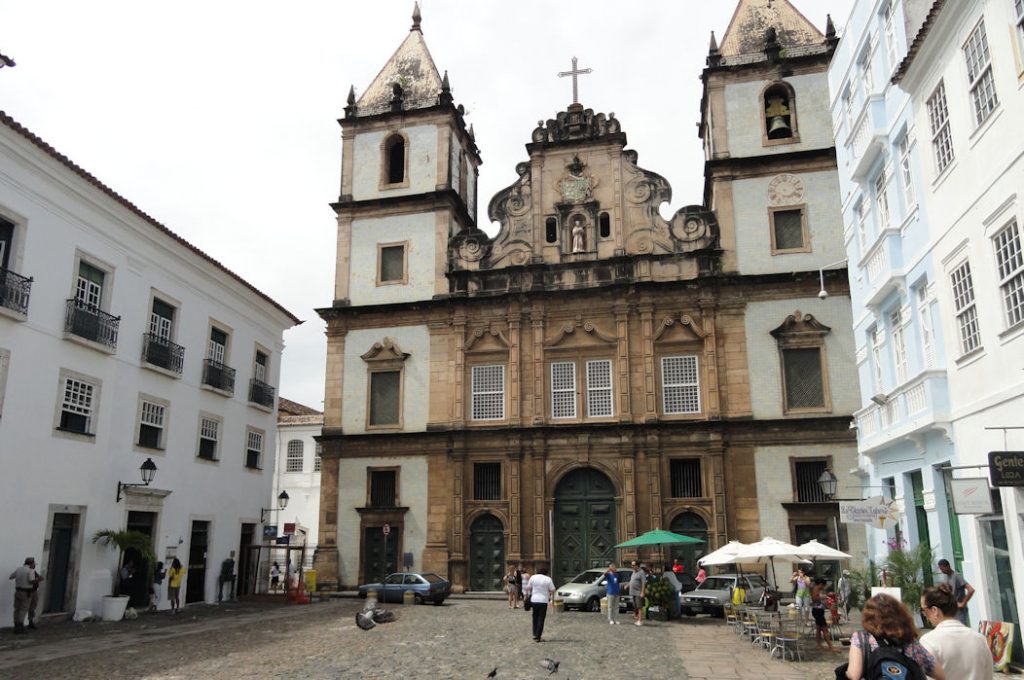
The old part of Salvador reminds me of Lisbon, which come as no surprise given the direction of colonization. The Portuguese landed here at the height of their empire. The Pope divided the world between the Portuguese and the Spanish in 1794, the Treaty of Tordesillas. It was interesting that they thought that the Pope had the right to broker such a treaty and give millions of people and undiscovered lands to two Iberian nations, but they took it seriously. The dividing line gave most of the Americas to Spain. Brazil was yet undiscovered, but the tip of what is now Brazil – now Salvador – juts out into the Portuguese zone. This technicality is one reason why Brazil speaks Portuguese today.

The Portuguese empire has always fascinated me. It seems like an oxymoron. Yet little Portugal used to be a big deal, as you can still see from the spread of their language and cultural traits from East Timor to the Azores. Portugal didn’t have the population or national heft to maintain an empire, but that didn’t stop them from doing it for more than 500 years.
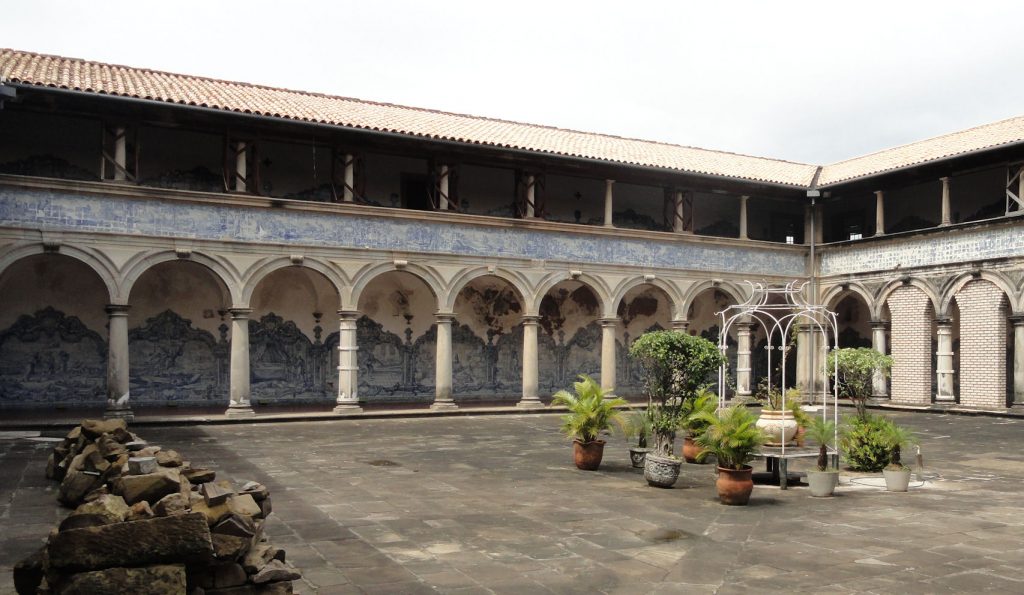
They hugged the coasts in most places. Brazil was an exception to some extent. The Portuguese still hugged the coast, but their descendants & others pushed way into South America, which is why Brazil is so big today.

Salvador is an example of the old coastal empire. It was a rich place, as you can tell from the existing architecture, especially the opulent baroque church of São Francisco. We went to visit it just before one of our appointments and it was worth the trip. A little old guy called Paulo met us on the way in and gave us the fast tour. I forgot most of what he said, but it was worth having him at the time. He didn’t ask for any money, but we gave him some anyway and he didn’t even make a pretense of turning it down.
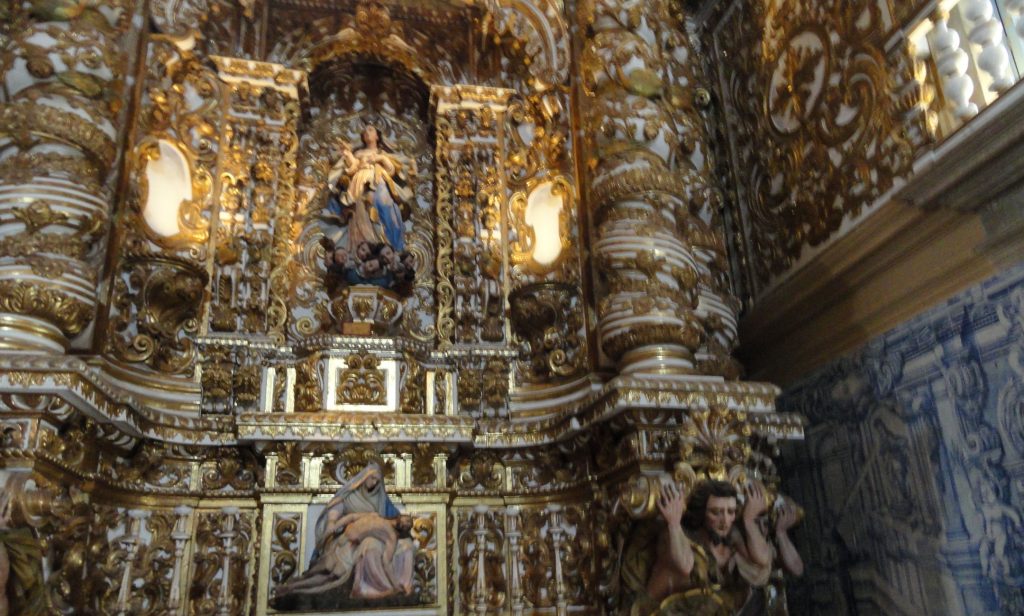
Most of what I remember is that the tiles are from Portugal and a great example of that sort of art. You can see in the pictures that Paulo was telling the truth. That gold encrusted vision you see in the picture is wood. He said it was pau-Brasil, for which the country was named. Pau-Brasil was the country’s first big export item, before the sugar cane plantations got started.
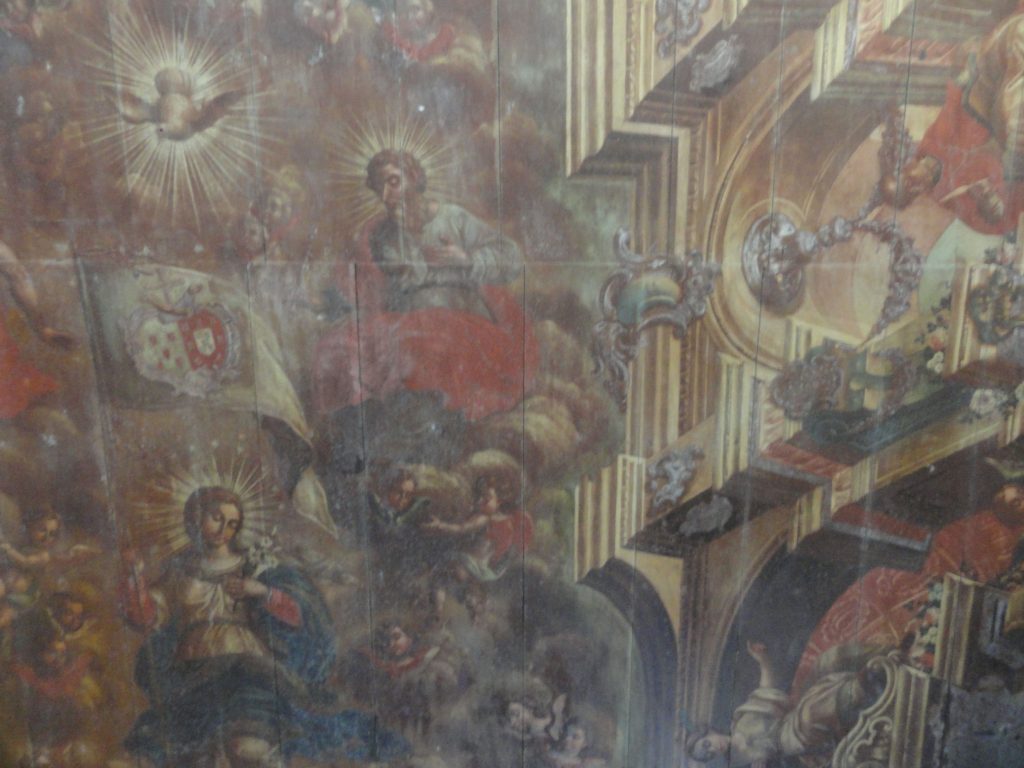
Salvador was Brazil’s first capital. It has a kind of charming decadence today and I think it probably s had a charming decadence from the day it was founded. There was not really anything like a new big building until relatively recently in history. Monumental buildings took generations to build and people used and occupied them as they were in the process of being competed. I know this is a small point, but I think it is important to explain some attitude differences in the past. We expect to start and finish things in a way they did not.
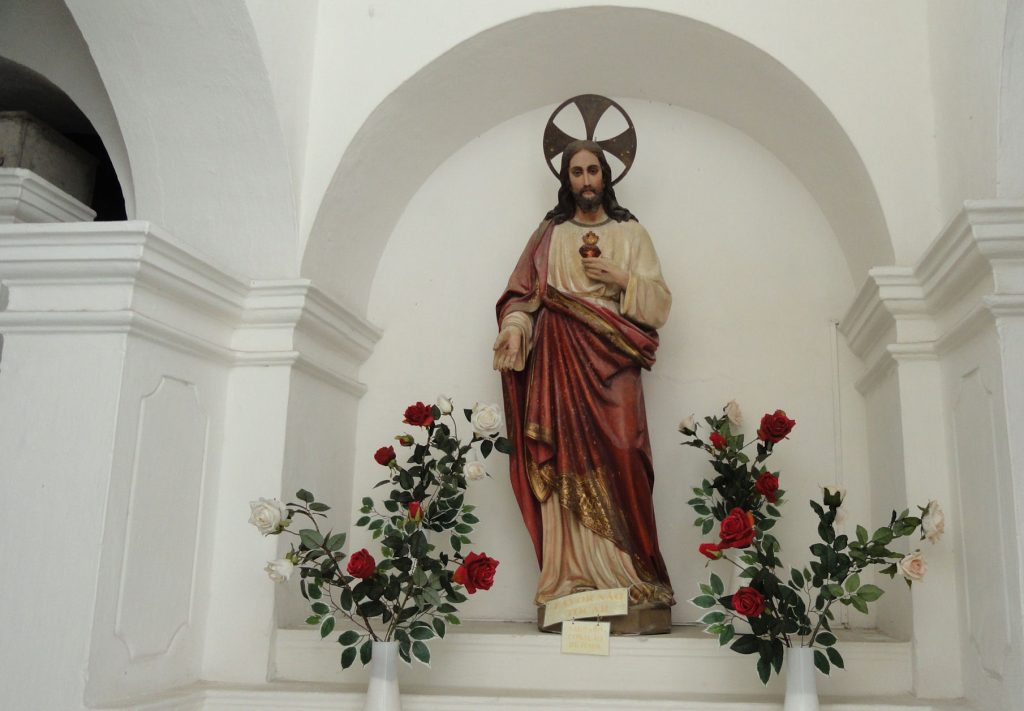
The economy came to depend on sugar cane, which the Portuguese introduced. Sugar was an extremely profitable crop, but growing it was labor intensive and the labor was hard and dangerous. The Portuguese grew it with slave labor imported from Africa. Portuguese colonization was different from the English colonization in North America. The English came in large numbers and often as families and most intended to stay in America. Fewer Portuguese came to Brazil and they often came as single men often with the intent of making money and going home. This had predictable demographic and economic consequences that you can still see today. Bahia is demographically very much like Africa and the people of Bahia have retained many cultural aspects of their African heritage. Please see the next post to find out more about that.
My pictures are all from the São Francisco Church in Salvador
